
Eichler Co-op Heads for National Register
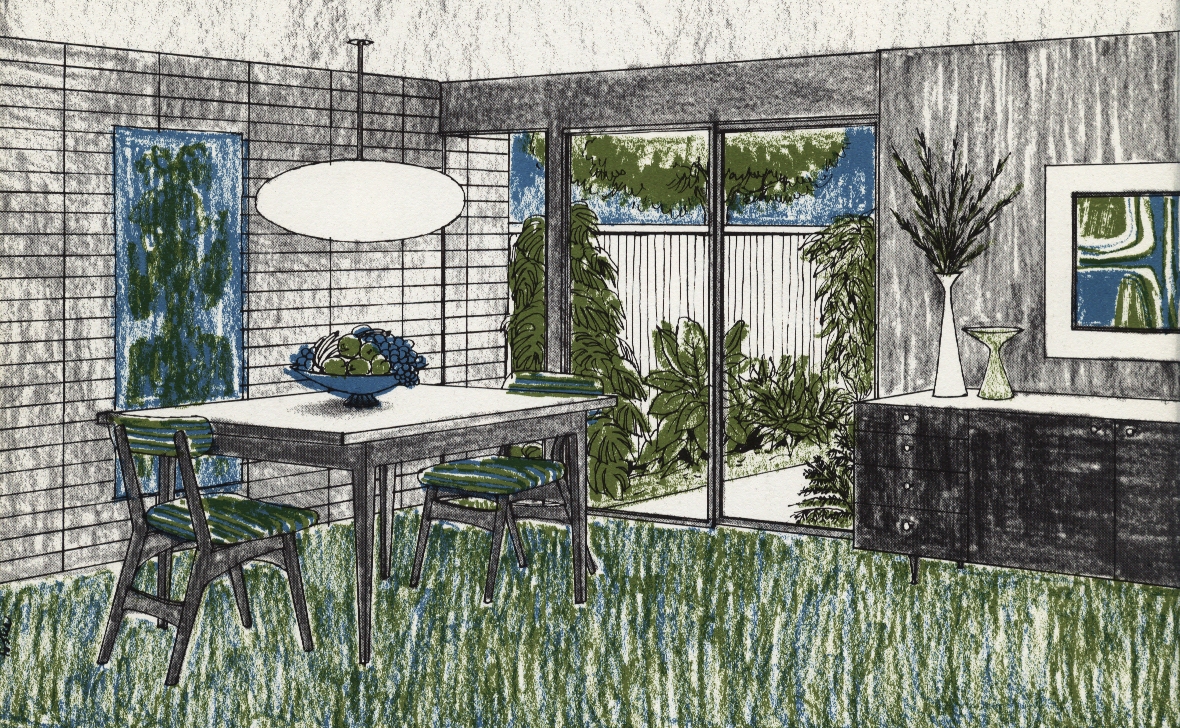 |
Yet another Eichler neighborhood is headed to the National Register, after some last minute drama. On January 29, the state Historical Resources Commission unanimously agreed that Pomeroy Green, a 78-townhouse complex in Santa Clara from 1961, was of sufficient historic value to be placed on the National Register of Historic Places.
The final decision will be made by the Keeper of the Register, in Washington, D.C. Such approval generally follows the decision of a state historic commission.
This would be the fourth Eichler neighborhood on the Register, as well as one individual home listing. Pomeroy Green is a pioneering example of clustered housing and is owned by residents as a cooperative.
Pomeroy resident Ken Kratz, who spent about 1,000 hours on the two-year quest -- with assists by neighbors Abhishek Raman, Diane Harrison, and Shalini Venkatesh -- produced a 77-page report replete with facts, figures, maps and photos, kept both neighbors and members of the co-operative housing’s board informed about his progress, and won approval from the city’s Historical and Landmarks Commission.
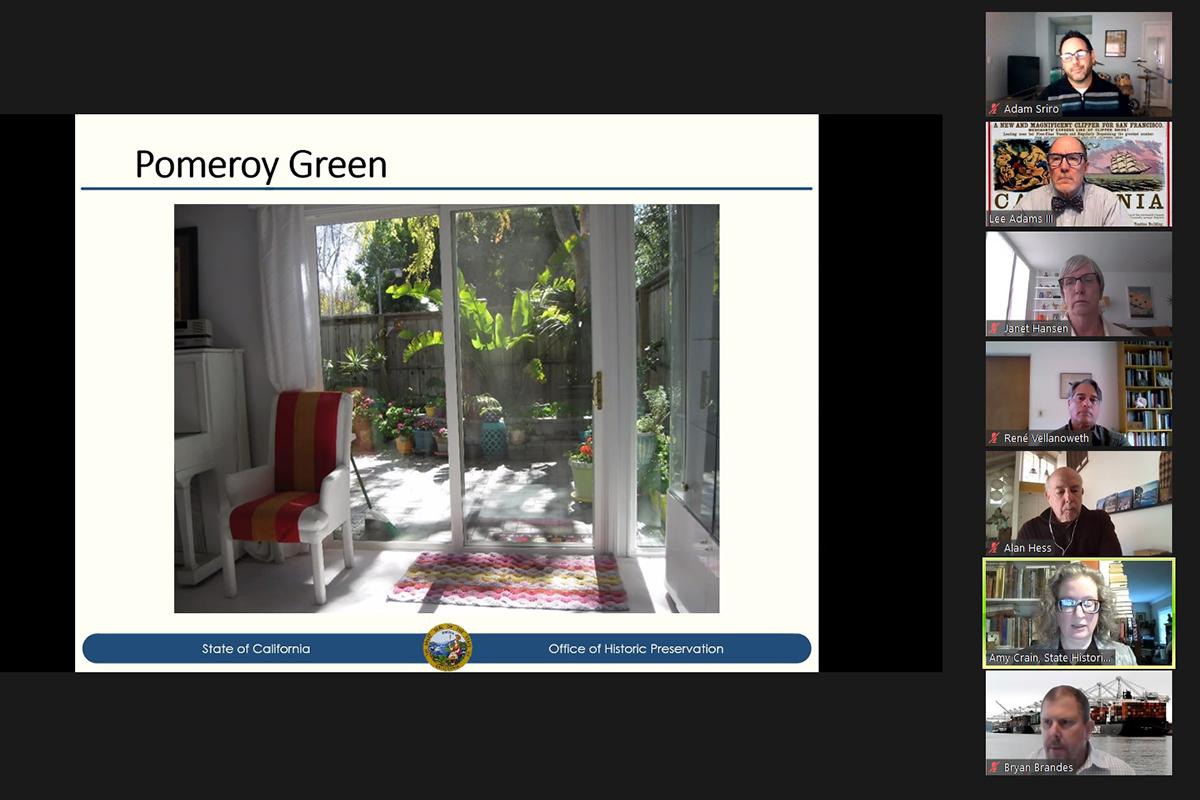 |
This approval saved Kratz heartache, and helped ensure that residents of the complex, designed by Claude Oakland working with now-famed landscape architects Sasaki Walker and Associates, will benefit from the honor.
Because, just one week before the matter was to come before the state commission, the city of Santa Clara, at the direction of the City Council, wrote to the state’s historic preservation office opposing the move unless Kratz met a series of conditions that would have killed or seriously delayed approval.
And rather than officially commending Kratz, as he deserved, the council suggested he was not competent to do a historic nomination.
The council demanded he “submit a report prepared by a qualified historian [preferably one based in Santa Clara].” It can cost a bundle to hire a historian to do such a report. Other conditions asked for more public notice and a petition and resolution showing homeowner and co-op board support.
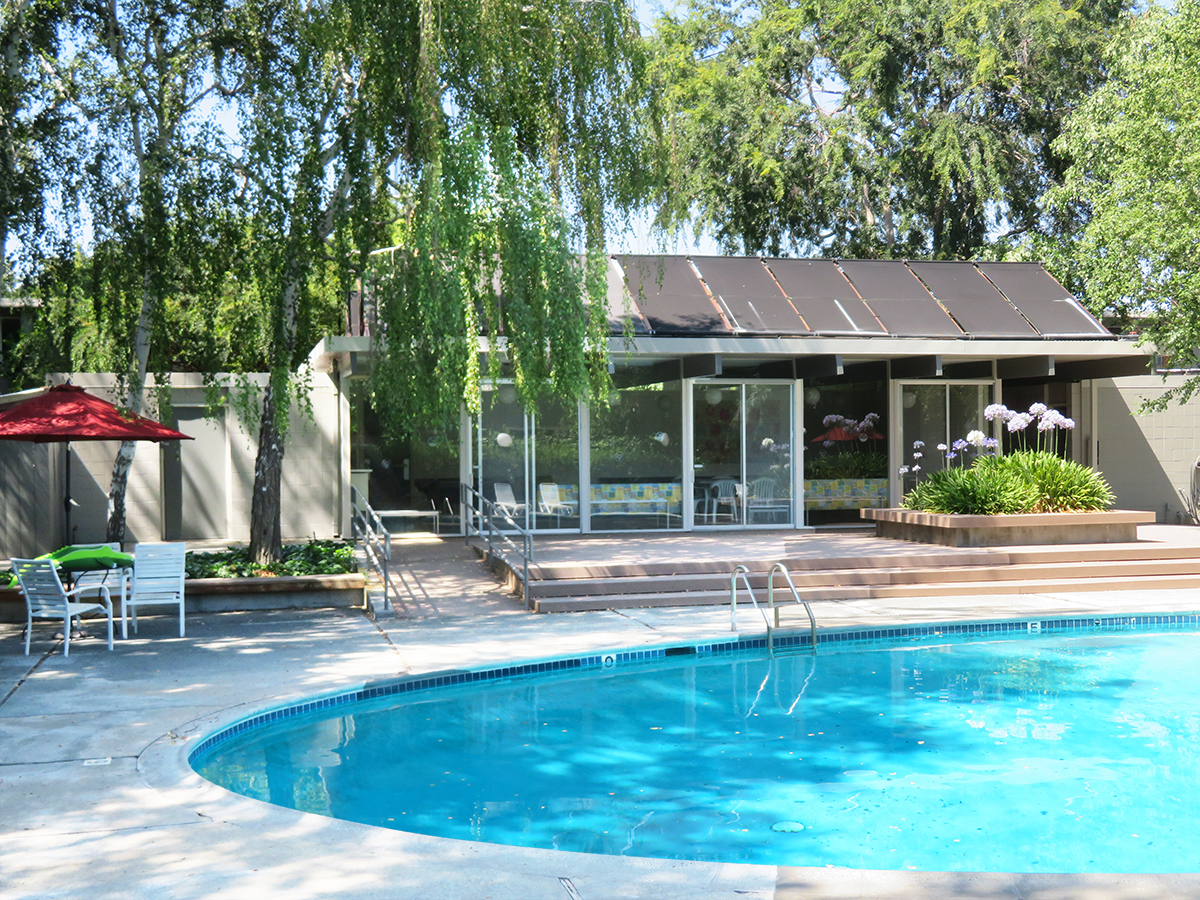 |
In any case, no member of the public opposed the item either in writing or via Zoom. The commission got eight letters supporting the nomination from neighbors, and several spoke in support.
Julianne Polanco, the state’s historic preservation officer, noted to the commission that the city’s objection related to process, not to whether Pomeroy Green qualified as historic.
The commission took the city’s complaint seriously because Santa Clara is a “certified local government” under preservation law, which means, theoretically, that it has expertise in preservation.
In her report to the commission, state historian Amy Crain wrote that in the case of a certified government, “if both the local historic preservation commission and the chief local elected official recommend that a property not be nominated, the State Historic Preservation Officer shall take no further action.”
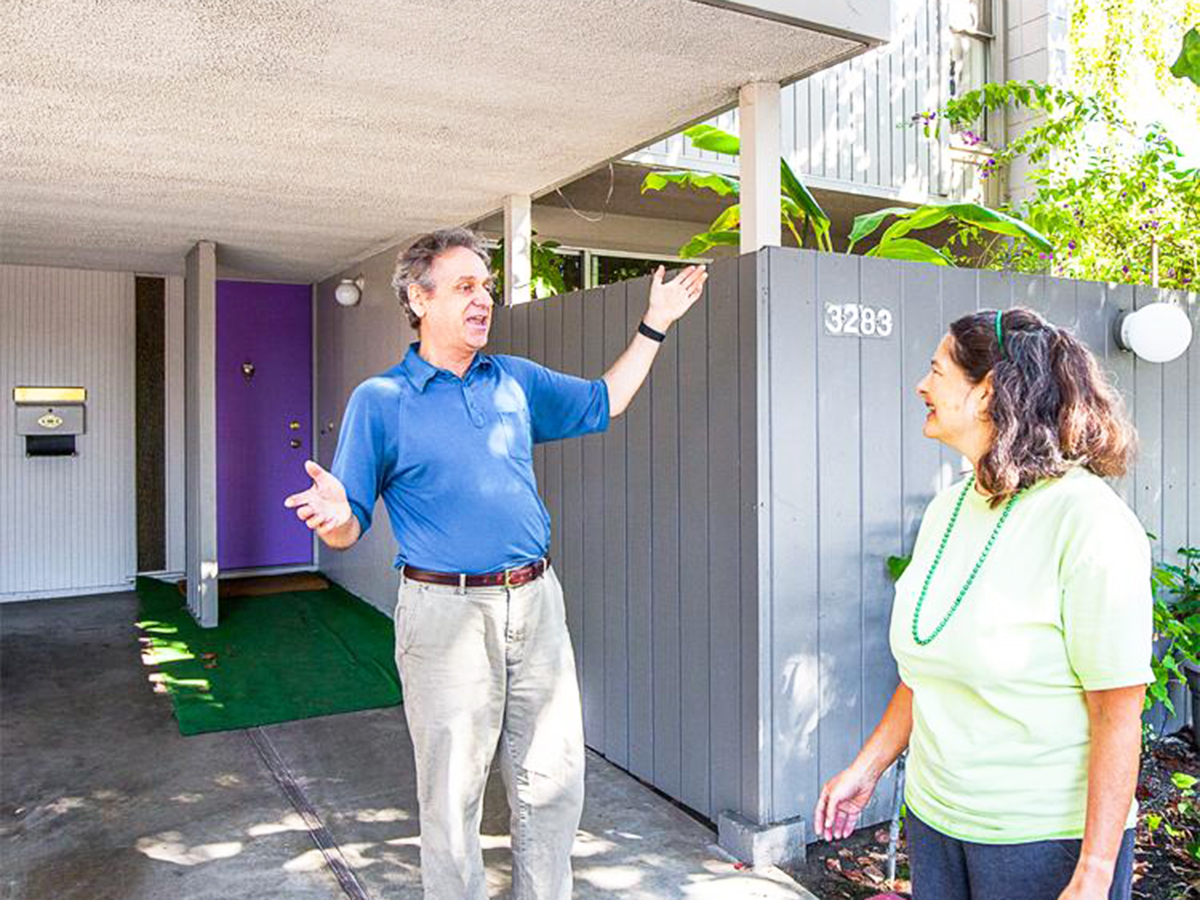 |
She went on: “Although the city council objected to the nomination, the local historic preservation commission did not object…the State Historical Resources Commission can hear the nomination.”
Crain’s report stated that the co-op community met the criteria “in the area of community planning and development for its pioneering use of cluster development,” and “in the areas of architecture and landscape architecture.”
Kratz, who has a degree in architecture from UC Berkeley and worked many years as a Santa Clara building inspector, spoke to the commission about Pomeroy Green in emotional, even poetic terms.
“The architecture of Pomeroy Green conveys the feeling of the early 1960s, a time when people were exuberant about all things modern, including electronics, television, outer space, automobile culture, and leisure and recreational activities,” he said.
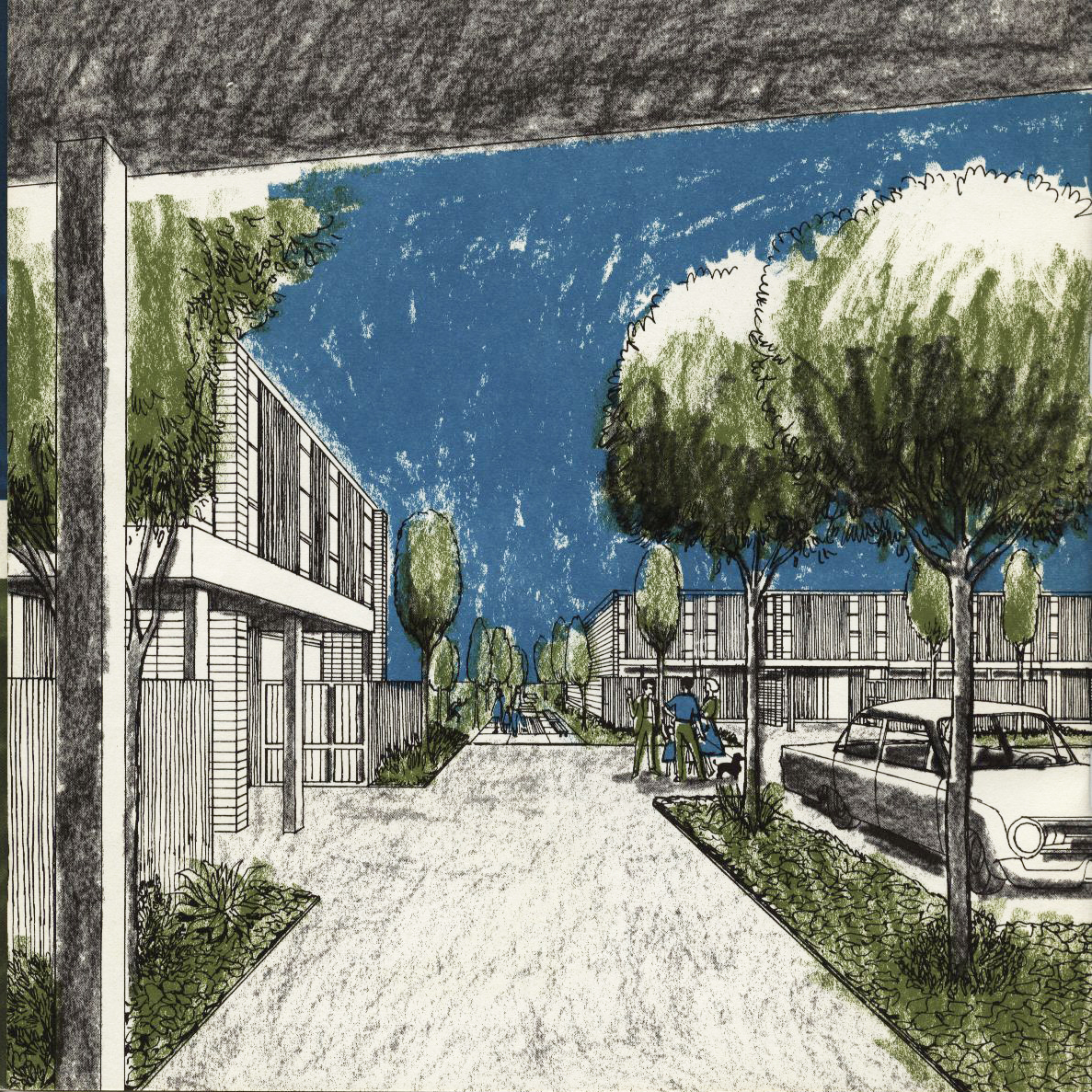 |
Kratz described gazing from his living room through its wall of glass at the landscape. “It looks like an Impressionist painting, only animated with dappled light created by the evergreen pear trees’ leaves fluttering in the breeze.”
“The trees form a canopy of bright flowers over the long driveways, enclosing and defining that space,” Kratz said, “and when the blossoms fall, they cover everything for days with a fine dusting of white-colored petals. “
“Pomeroy Green is a wonderful place to live, and I think the areas of significance described in the nomination -- the architecture, landscape architecture, and the community planning and development -- are largely responsible for how everything looks and works here,” he said.
Anyone who thinks preserving historic places is all about the past and nothing but the past should hear out commissioner Alan Hess, who made the motion to name Pomeroy Green to the Register.
“This is part of our mission, to correct and expand the historical record," he said. “There’s a perception out there that California in the mid 20th century was all single-family residential, sprawled over the landscape.
“[Pomeroy Green] is an example in the mid-20th century of intelligent, master-planned, higher-density housing, and it is not the only one in this state by any means. It shows how historical examples, if we keep them around so that we can see them and study them, can be a model for the future -- because we obviously do need more high density housing in this state. But it needs to be of the level of quality that Pomeroy Green represents.”
- ‹ previous
- 167 of 677
- next ›



